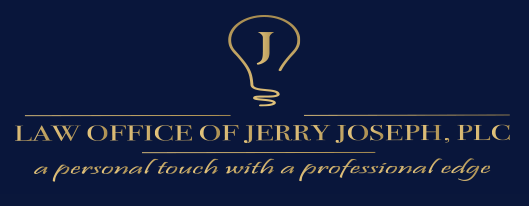Common Intellectual Property Mistakes Startups Need to Avoid

Starting a business can be an interesting venture, but it can also be a complex process. Protecting intellectual property is one of the most important business aspects. Intellectual property (IP) consists of ideas, concepts, and products resulting from creative effort. Unfortunately, many startups make mistakes when protecting their intellectual property. These mistakes can be costly, […]
Why Should You Hire A Patent Attorney in Washington, DC?

Patent lawyers are attorneys who specialize in intellectual property law, particularly patents. They are responsible for helping clients protect their inventions, ideas, and other creations from theft and unauthorized use by others. Patent lawyers advise clients on issues such as how to obtain a patent, protect a patent, and enforce a patent. If you are […]
How Your Business Can Benefit from a Patent

Firms and individual entrepreneurs who come up with innovative ideas worry that other companies or people may copy their products. It is not uncommon that after a new invention is launched, many others follow suit and create their own versions of the same product. This is why it is so important for anyone with a […]
The $2.9 Million Dollar NFT That Fetched A Whopping $280 At Auction
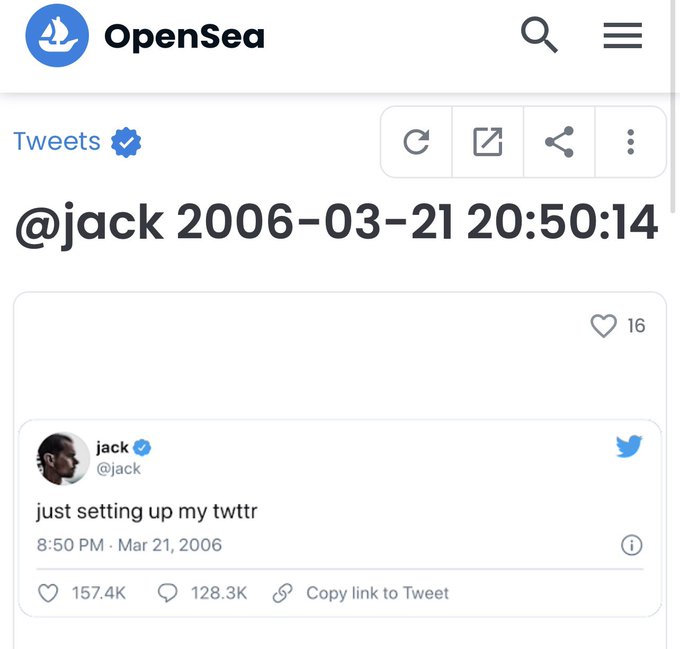
Get rich overnight, everybody is doing it, so why not you? It’s so easy; it’s as if someone threw money from the sky and told you to pick it up off the ground. NFTs are a way to do just that. You could be the proud owner of this exceptional digital collectible. The artist has […]
5 Must Have Traits For A Successful Start-Up or Invention
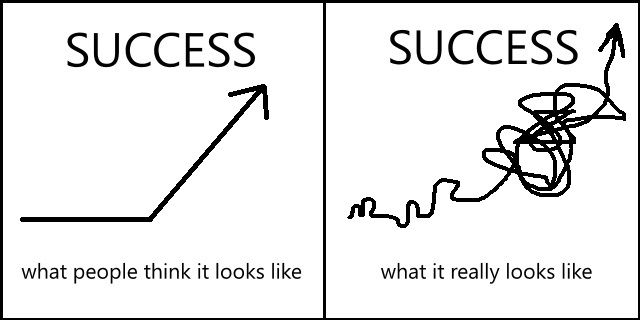
Start-ups are hard! What are the common traits found in successful start-ups? There is no one answer. There is not enough data to point to a silver bullet. However, there are some common traits that the most successful companies share. Here are five must-haves of a successful start-up: Quick Listing of the Five 1. Make […]
Utility Vs Design Patent
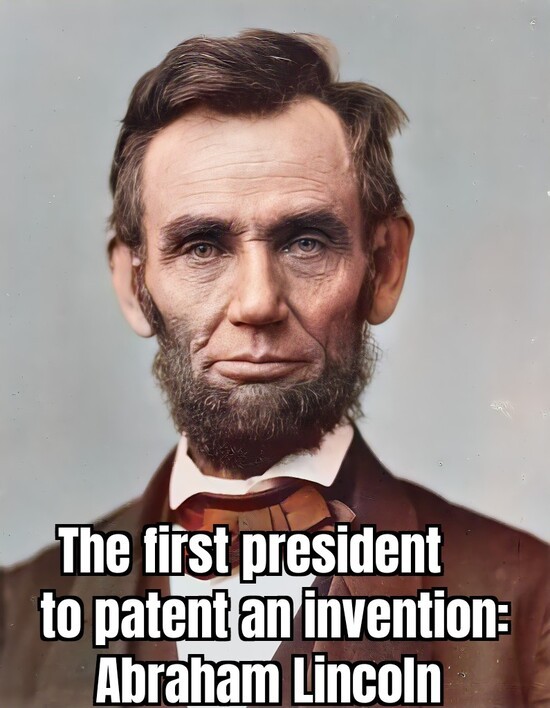
Often we hear from inventors who have spent thousands of dollars to file a patent. They’ve been through the process, completed it, and are excited about their new patent – until they find out it’s not what they thought. On the surface, that sounds quite surprising. How could you get through such an involved process […]
Is a $99 Trademark Legit?
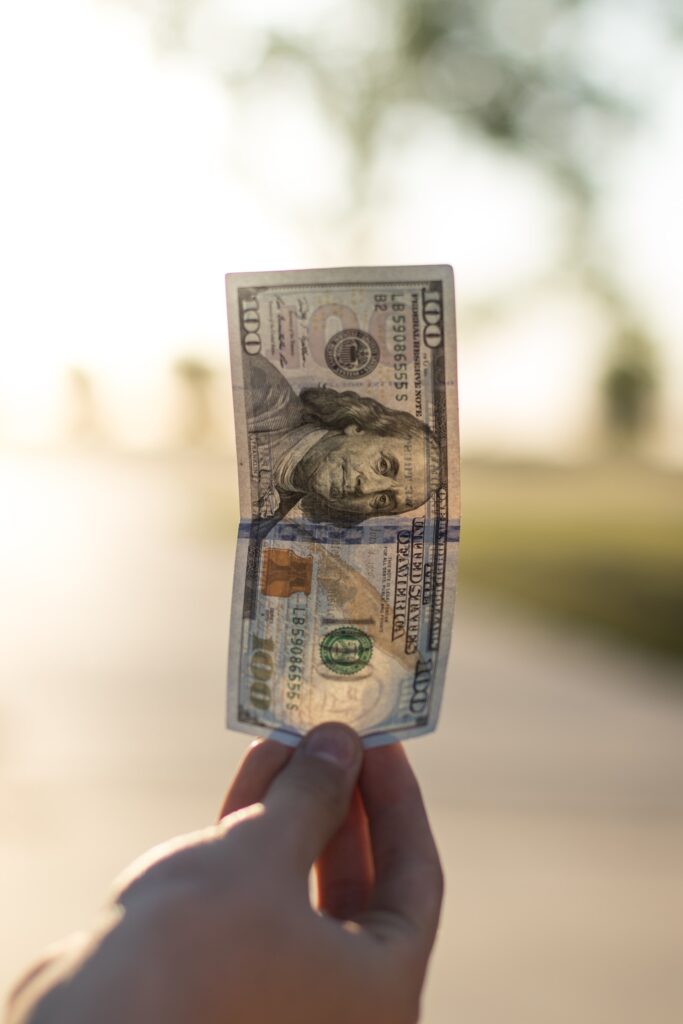
Plenty of websites will sell you a trademark for $99. The problem comes when need more than just a “trademark” to protect yourself and enforce your trademark rights. A $99 trademark may be fine for some people. The question is: is it right for you? Does it really matter? Many companies hire the most inexpensive […]
How To Do A Patent Search
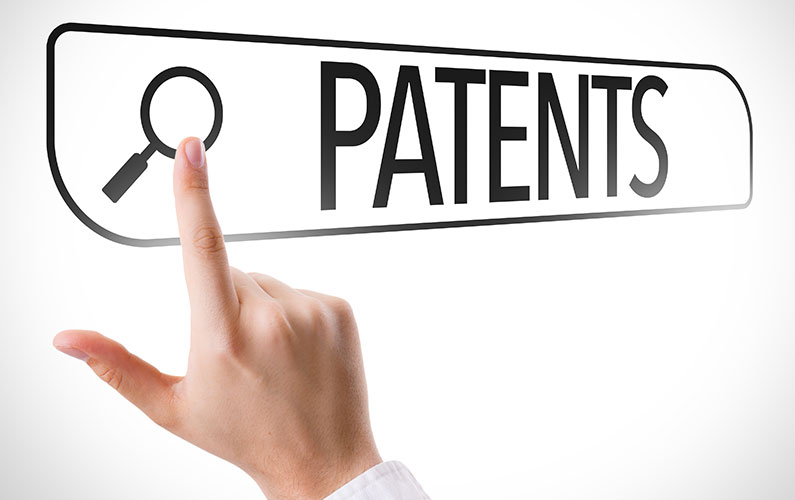
Filing for a patent is one of the most exciting and essential steps you can take to protect your invention. But what if you find out later that your idea isn’t as new as you thought? It’s best to conduct a thorough patent search before filing. Be confident no one else filed for or has […]
